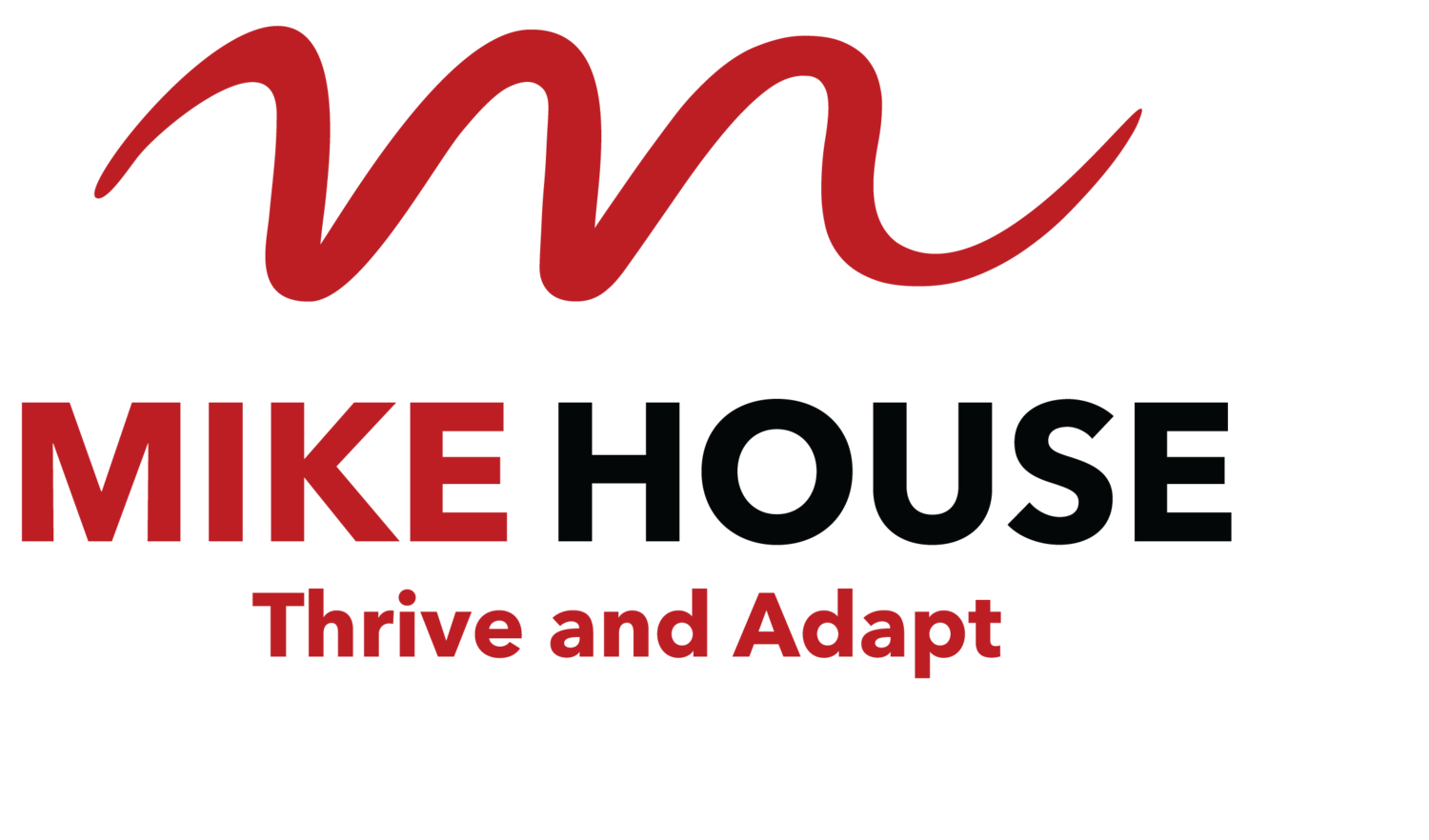Making the Leap
/There’s a paradox happening among the Not for Profit organisations I work with. On the one hand, they are dealing with the slimmest operational margins ever. On the other, many are experiencing radical growth. Dealing with the duality of that is challenging.
Some of my clients have grown by more than 3X over a 12 - 24 month period. It’s taken them from less than 50 employees to over 150, which represents a radical transformation and an epic challenge for leaders.
When a whole organisation is less than 50 people, culture, purpose, values and standards are easy to lead. Everyone knows enough about each other and the various parts of the business to feel connected to the core purpose. Culture happens in conversations where significant portions of the staff are present. A meeting between 5 people is 10% of all staff. If 20 people get together it's almost half.
At 150, everything changes. Organisations become more reliant on systems to make it work. People know less about the whole. They know less of their colleagues well. And that meeting of 5 is now around 3% of your staff. Leaders who ‘lead by walking around’ no longer have time to meet and greet everyone. Recruitment is more diversified. People get more focussed on the work they are tasked with and have less visibility of the whole.
If leaders don’t make an intentional shift in how they lead, strong culture erodes due to less connection back to purpose. It’s been a great pleasure to work with organisations making the leap. There are some easy shifts leaders can make to continue building a strong and purposeful organisation. It’s definitely challenging with rapid growth, but it can be done.







